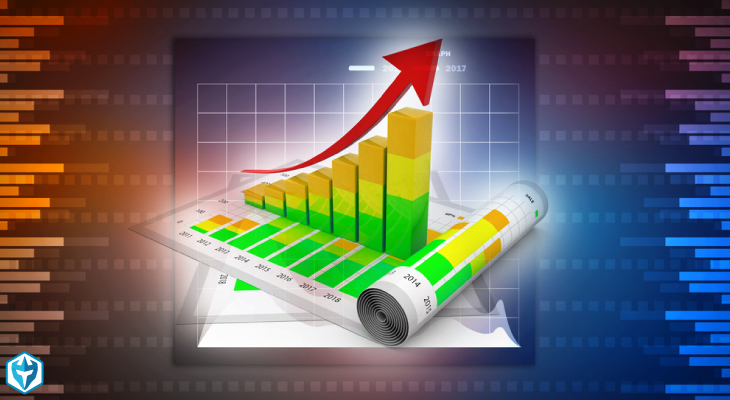Marginal
Costing
Primitive
characteristic of the Marginal costing is that it revolves around the variable
cost of the eventual produce of the entity. Break-even is the technique that is
used quite frequently in relation to the marginal costing because it also makes use of the variable costs. The
contribution margin which is the yield in
relation to each of the production line is the basic foundation for assessing
the profitability of the specific organization or the specific department of
the same organization. Marginal costing is the basis and primary technique in
relation to the valuation of the finished goods stock or alternatively the work
in process. Keep in mind that the work in process is that inventory which is
not completely manufactured
and requires more time and cost for the finalization.
In
the marginal costing, the variable cost is usually used for the analysis and
computation. It is, therefore, pertinent
that any cost that is semi-fixed in terms of nature be bifurcated in either the
variable or the fixed expenses thereby making the analysis and computation more
reliable for the decision-makers.
Basic
Idea Underlying the Marginal Costing Approach
The
marginal cost is essentially referred to as the variable costs because the
marginal costs change with the changes to
the production quantum. Likewise,
variable costs change with the modification to the production quantum schedule.
In relation to any production, the cost using the marginal costing approach can
be computed easily by taking the sum of the direct materials and the costs in
relation to the direct labor. Similarly,
such expenses that can be readily identifiable and traceable in the product are
also included. All the aforementioned direct costs have a direct relationship with the quantum and
threshold of the sales and production and any
change to the same will for surely influence the cost of the product using the
marginal costing approach.
Fixed
costs are those costs in which there is no variation no matter what is the
production quantum. The marginal costing
is very useful for the internal stakeholders as it assists the internal
decision makers in identifying the cost in relation to a single unit of production that can be saved
provided it is not manufactured or will be expended provided the decision
makers go in favor of further production.
Variable
Costs as the Costs of the Product
In
the marginal costing, the incurred variable costs in relation to the production
are essentially made part of the unit product cost and on the other hand, the fixed cost used to be subtracted from
the computed contribution margin of the company. In this way, variable costs are made the part of the
final product cost and the fixed cost is
reported as the period costs. Contribution margin is the central concept in
relation to the marginal costing and is demonstrated by the following relation
that is Contribution margin = the excess of sales over the incurred variable
costs.
Variable
Cost and the Decision-making
It
is pertinent to note that the management accountant makes frequent use of the marginal costing in relation to the
decision making. The rationale is that by using marginal costing approach the
decision makers identify and visualize the actual impact of the decision and
how it impacts and adapts the eventual costs involved.
Conclusion
Primitive
characteristic of the Marginal costing is that it revolves around the variable
cost of the eventual produce of the entity. Break-even is the technique that is
used quite frequently in relation to the marginal costing because it also makes use of the variable costs. In the
marginal costing, the incurred variable costs in relation to the production are
essentially made part of the unit product cost and on the other hand, the fixed cost used to be subtracted from
the computed contribution margin of the company. In this way, variable costs are made the part of the
final product cost and the fixed cost is
reported as the period costs.

EmoticonEmoticon